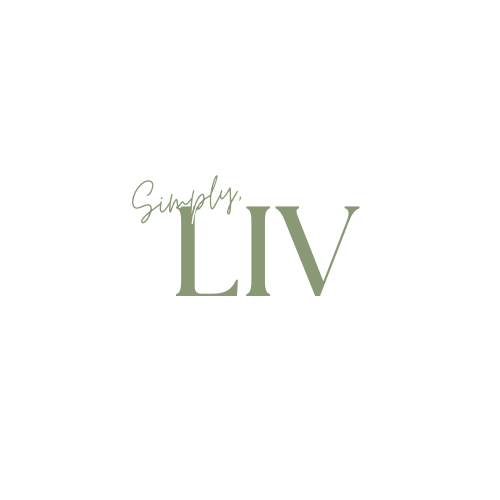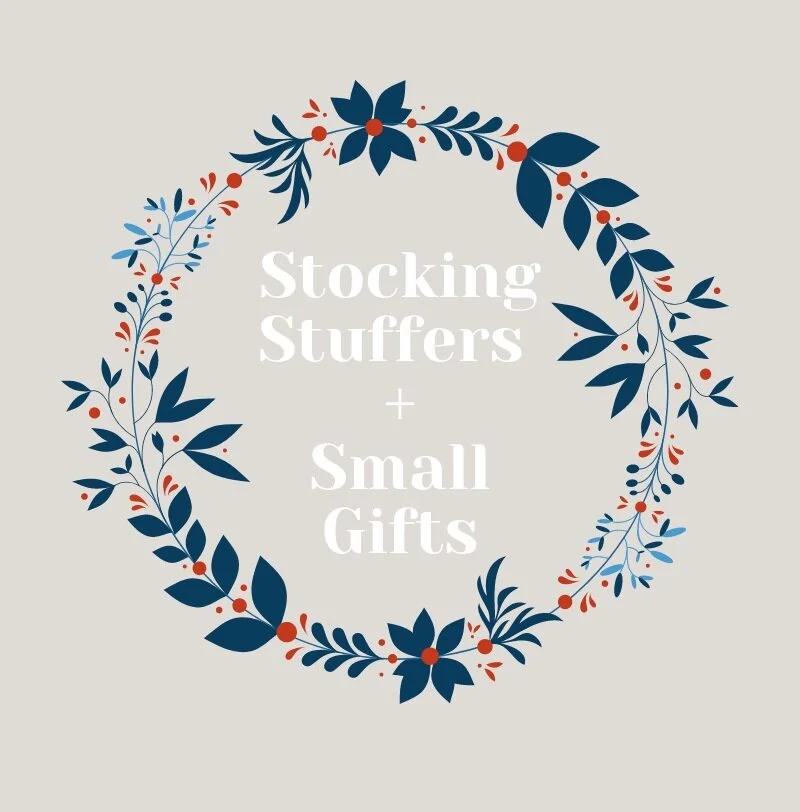Rest Easy with STANDARD 100 by OEKO-TEX® for World Children's Day
As mothers, we have enough to worry about without stressing over what goes into our kid’s clothing. Most days, it’s all I can do to ensure my kids have pants on before leaving the house, much less worry about the fabric make up, chemicals used, and potential harmful toxins that may lie deep within the supply chain of their wardrobe.
I’ve written about the benefits of certain fabrics many times, but for a quick summary, here’s a rundown of the toxins commonly found in non-certified, traditionally grown fabrics: (source)
silicone waxes
petroleum scours
heavy metals
flame retardants
ammonia
formaldehyde
pesticides
These chemicals and additives not only can be used during the growing/manufacturing process of clothing, but once they’re a part of a fabric, they can then make their way into your (or your children’s) body through sweat and body heat.
There are a number of ways to ensure that you’re buying safe fabrics — shopping from brands who do their research, reading labels, looking for independent certifications, emailing brand owners to inquire about the supply chain, looking for natural fibers over synthetics — but one of the quickest and easiest is to look for the STANDARD 100 by OEKO-TEX® label.
We’ve chatted about the benefits of buying from certified labels before too: it increases the accessibility of safe products, it encourages more brands to put in the effort/money to get certified with a reputable/trusted organization, and it allows you to know exactly what you’re getting when you shop from a particular certification.
STANDARD 100 by OEKO-TEX® , for example, tests for harmful chemicals (more details on that below) in every aspect of a piece of clothing from the buttons to the zippers to the tag to the fabric of the piece itself. If it carries the STANDARD 100 by OEKO-TEX® label, you can rest assured that every aspect of the garment meets the qualifications for safety.
OEKO-TEX® has a range of standards depending on what the product is meant for. The “Baby” set of standards is the most strict, allowing the least contact with extractable heavy metals and pesticides. For a breakdown of this set of regulations, check out page 22 of this document. OEKO-TEX® standards are updated yearly, require annual renewal, and include regular audits. OEKO-TEX® ensures that the companies who carry their label on their products are committed to doing the work of detoxifying the fashion industry.
This year, in honor of the UN’s World Children’s Day (which is TODAY! November 20th), OEKO-TEX® is hoping to increase awareness around how simply shopping for trusted labels can increase the safety of children worldwide. Our kids are unable to advocate for themselves, and as parents, guardians, caretakers, and adults, it is our honor to make sure that we’re pushing for a safer future for them, in every aspect, of course, right down to the clothes on their back.
Aria is wearing an STANDARD 100 by OEKO-TEX® certified cardigan from Hanna Andersson, a brand that is well-known on the worldwide “stage”, but is still committed to producing safe, sustainable products. This particular piece is 100% STANDARD 100 by OEKO-TEX® certified, from the cotton to the buttons, which puts my mind at ease that Aria is cozy and safe each time she snuggles up inside it. As much of a privilege as choosing to shop for safer, better pieces is, each time we support a brand like this - committed to putting in the time and money for trusted certifications - we’re casting another vote for a greener, safer future for the fashion industry, and for our children.
And that’s something worth protecting this World Children’s Day.
*This post was in partnership with OEKO-TEX®, all opinions, creative direction, and imagery are my own unless otherwise noted. Thank you for supporting the companies that make this blog possible!*










